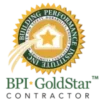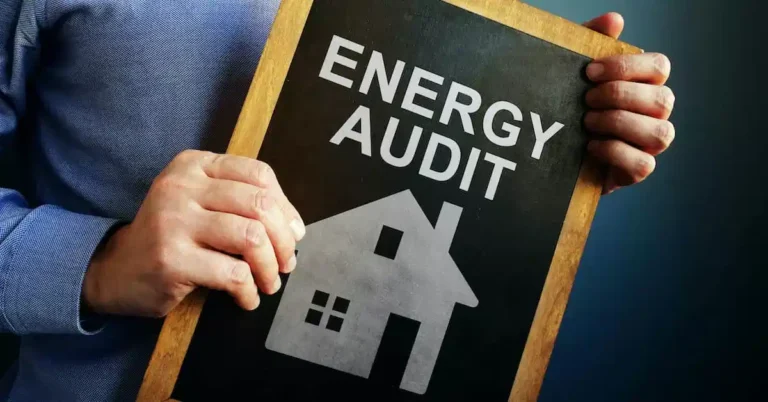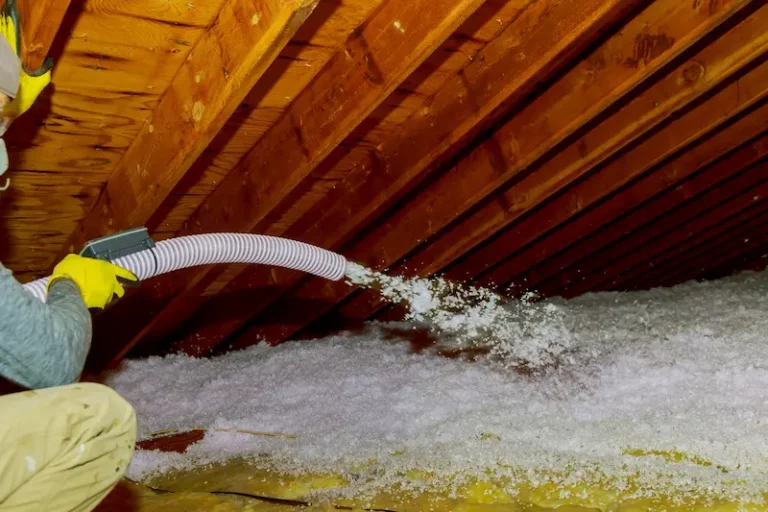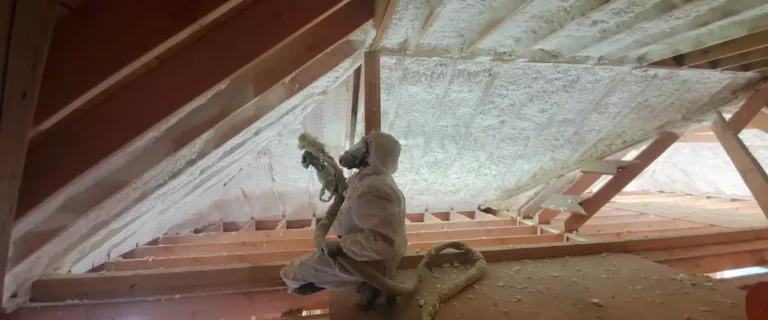Why Air Sealing Matters in Your Home
Imagine this: It’s a chilly winter evening in New York, and you’re curled up in your cozy living room. But suddenly, you feel a cold draft sweeping in, disrupting your warm, comfortable space. You might not realize it, but your home could be losing valuable heat through numerous unseen gaps and cracks. This is where the magic of air sealing comes into play.
What is Air Sealing?
At its core, air sealing involves identifying and closing up those pesky gaps in your home where air can enter or escape. It’s not just about stuffing some insulation into the attic or around windows; it’s a comprehensive approach to make your home more energy-efficient and comfortable. When done correctly, air sealing prevents the unwanted flow of air into and out of your home, thereby maintaining a consistent and desirable indoor temperature.
The Immediate Benefits of Air Sealing
- Improved Energy Efficiency: By sealing off unwanted air leaks, your heating and cooling systems don’t have to work overtime. This means lower energy bills and a more efficient running home.
- Consistent Indoor Comfort: Say goodbye to those annoying cold drafts in winter and the sweltering heat in summer. Air sealing maintains a stable indoor environment, offering year-round comfort.
- Improved Air Quality: Your home becomes a fortress against dust, pollen, and other outdoor pollutants, ensuring the air you breathe inside is cleaner and healthier.
- Peace and Quiet: A well-sealed home also means less noise intrusion from the outside world, allowing you to enjoy a quieter living space.
- Structural Protection: By preventing moisture and air ingress, air sealing plays a crucial role in safeguarding your home’s structural integrity.
Identifying and Sealing Air Leaks
Where Does Your Home Leak Air?
The first step in air sealing your home is to identify where those leaks are. It’s like playing detective in your own house. Common culprits include:
- Windows and Doors: These are the usual suspects. Over time, gaps can form around window frames and under doors, letting air slip through.
- Attic Spaces: Heat rises, and so does your heating bill if your attic isn’t properly sealed. Insufficient sealing here can lead to significant energy loss.
- Ductwork: If your ducts aren’t airtight, you might be losing some of that conditioned air you’re paying to heat or cool.
- Electrical Outlets and Switches: Yes, even these can be sources of air leaks, especially if they are on exterior walls.
- Plumbing and Wiring Penetrations: Wherever these utilities enter or exit your home, there’s potential for air leakage.
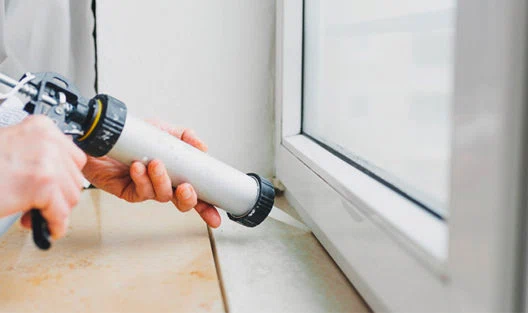
How to Seal These Leaks
Once you’ve pinpointed these problem areas, it’s time to seal them up. Here’s how:
- For Windows and Doors: Use weatherstripping or caulks to seal any gaps. These materials are readily available and relatively easy to apply.
- In the Attic: Employ foam sealants or specific tapes to close off gaps. This area might require a more thorough approach, as leaks here can be less obvious.
- Ductwork: Sealing ducts may require professional help, especially if they are in hard-to-reach places. Specialized tapes and sealants are used for this purpose.
- Outlets and Switches: Simple foam gaskets can be placed behind the outlet or switch plates to prevent air leakage.
- For Plumbing and Wiring: Expanding foam is often used here to seal the gaps around pipes and wires.
The Art of Air Sealing: Materials and Techniques
Choosing the Right Materials
Selecting the right sealing material is crucial. Options include:
- Caulks: Great for sealing gaps and cracks around window and door frames.
- Weatherstripping: Ideal for movable components like doors and operable windows.
- Foam Sealants: Used for larger gaps, especially in non-visible areas like the attic.
Professional Help vs. DIY
While some air sealing can be a DIY project, for comprehensive and effective sealing, especially in complex areas like attics and ductwork, professional help is recommended. An expert can ensure that all leaks, even those hard to detect, are adequately sealed.
The Financial and Environmental Impact of Air Sealing
Is Air Sealing a Worthwhile Investment?
When it comes to home improvements, air sealing stands out as one of the most cost-effective measures you can take. Here’s why:
- Energy Cost Savings: One of the most immediate and tangible benefits of air sealing is the reduction in your energy bills. By preventing the escape of conditioned air, your HVAC system operates more efficiently, translating to lower energy costs.
- Enhanced Home Value: Air sealing can also increase the overall value of your home. It’s a selling point that your home is energy-efficient, especially in today’s environmentally conscious market.
- Long-term Financial Benefits: While the initial cost of air sealing varies (generally ranging from $5,000 to $12,000), the long-term savings on heating and cooling can be substantial.
Environmental Benefits of Air Sealing
In addition to financial savings, air sealing your home contributes significantly to environmental conservation:
- Reduced Carbon Footprint: By decreasing energy usage, air sealing helps reduce greenhouse gas emissions, playing a part in combating climate change.
- Sustainable Living: Making your home energy-efficient through air sealing aligns with sustainable living practices, conserving energy resources for future generations.
Addressing Common Concerns About Air Sealing
Will My Home Become Stuffy?
A common misconception about air sealing is that it might make the home feel stuffy or restrict airflow. However, the opposite is true. Proper air sealing improves air quality by preventing uncontrolled air infiltration, which can bring in dust, allergens, and pollutants.
Moisture Issues
Another concern is moisture. Properly done, air sealing does not cause moisture problems. It helps prevent moisture from entering the home, which is a key factor in preventing mold growth and maintaining structural integrity.
Conclusion: Embracing Air Sealing for a Better Home
Air sealing is more than just a home improvement task; it’s an investment in comfort, efficiency, and sustainability. By understanding its importance and taking action, you can enjoy a more comfortable home environment, save on energy costs, and contribute to a healthier planet.
If you’re ready to explore air-sealing solutions for your home, consider contacting NY Energy Project for professional guidance and services. They can help you identify the best air sealing strategies for your home and provide a comprehensive energy audit to kickstart your journey towards a more energy-efficient home.

